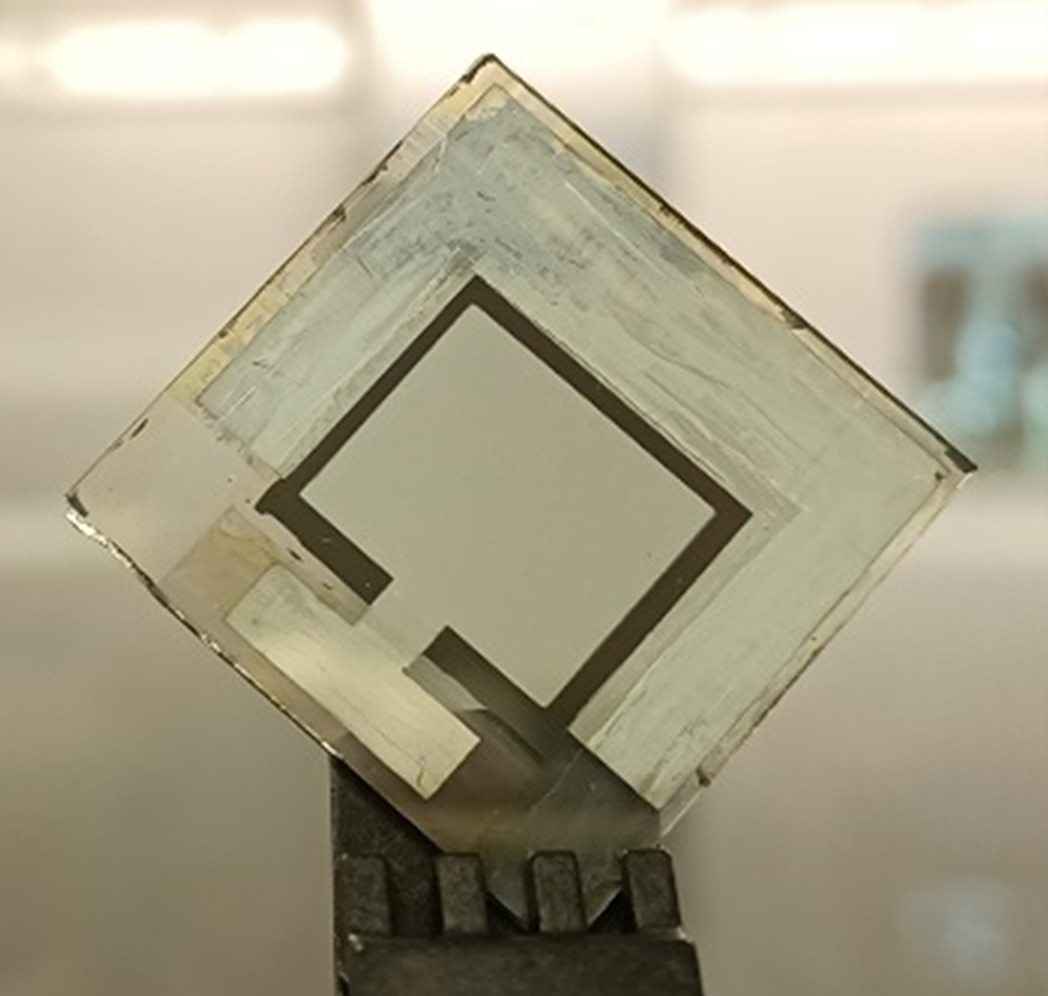An international research group led by the National University of Singapore (NSU) has fabricated an inverted perovskite solar cell by placing p-type antimony-doped tin oxides (ATOx) combined with methyl-substituted carbazole (Me-4PACz) as an interlayer between the perovskite absorber and the hole-transporting layer (HTL).
“ATOx is robust and able to avoid the typical interfacial deprotonation reactions observed at nickel oxides (NiOx)/perovskite interface, thus, forms a chemically stable interface with perovskite,” the research's corresponding author, Hou Yi, told pv magazine. “ATOx effectively suppresses the non-radiative recombination and enhances the carrier lifetime in perovskite. Additionally, It enhances the carriers' transport at the ATOx/perovskite interface due to its superior conductivity.”
Inverted perovskite cells have a device structure known as “p-i-n”, in which hole-selective contact p is at the bottom of intrinsic perovskite layer i with electron transport layer n at the top. Conventional halide perovskite cells have the same structure but reversed, an “n-i-p” layout. In p-i-n architecture, the solar cell is illuminated through the electron-transport layer (ETL) side; in the conventional n-i-p structure, it is illuminated through the hole‐transport layer (HTL) surface.
The scientists built the cell with an indium tin oxide (ITO) substrate, an HTL made of Me-4PACz, the ATOx interlayer, the perovskite absorber, a bathocuproine (BCP) buffer layer, and a silver (Ag) metal contact. The ATOx nanoparticles used in the cell had a crystal size of about 10 nm and the resulting ATOx layer had a thickness of about 20 nm.
The group stressed that the ATOx showed higher transmittances from 300 nm to 900 nm and an optical bandgap of 4.46 eV, which they said is close to that of the most common compound utilized in HTLs – nickel(II) oxide (NiOx). “Kelvin probe force microscopy (KPFM) measurements reveal that both Me-4PACz-modified ATOx and NiOx share the same work function,” it further explained, referring to a reference interlayer they developed for a benchmark cell.
Tested under standard illumination conditions, the solar cell achieved a power conversion efficiency of 25.7% for an area of 0.05 cm2 and 24.6% for an area of 1 cm2. For both devices, the certified steady-state efficiency was 24.8% and 24.0%, respectively. These values were significantly above those achieved by the benchmark cell based on NiOx.
The inverted devices based on ATOx were also able to retain about 90% of the initial efficiency for 2,000 h and around 93% for 500 h.
“Devices utilizing ATOx effectively reduce the efficiency disparity between small and large-area perovskite cells,” said Yi. “ATOx offers a combination of high efficiency, stability, and scalability as a hole transport material, superior to the commonly used NiOx.”
The research group described the novel cell concept in the study “Enhancing the efficiency and longevity of inverted perovskite solar cells with antimony-doped tin oxides,” published in nature energy.
This content is protected by copyright and may not be reused. If you want to cooperate with us and would like to reuse some of our content, please contact: editors@pv-magazine.com.




1 comment
By submitting this form you agree to pv magazine using your data for the purposes of publishing your comment.
Your personal data will only be disclosed or otherwise transmitted to third parties for the purposes of spam filtering or if this is necessary for technical maintenance of the website. Any other transfer to third parties will not take place unless this is justified on the basis of applicable data protection regulations or if pv magazine is legally obliged to do so.
You may revoke this consent at any time with effect for the future, in which case your personal data will be deleted immediately. Otherwise, your data will be deleted if pv magazine has processed your request or the purpose of data storage is fulfilled.
Further information on data privacy can be found in our Data Protection Policy.